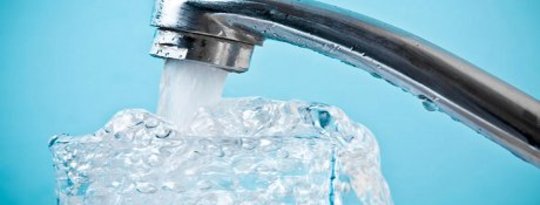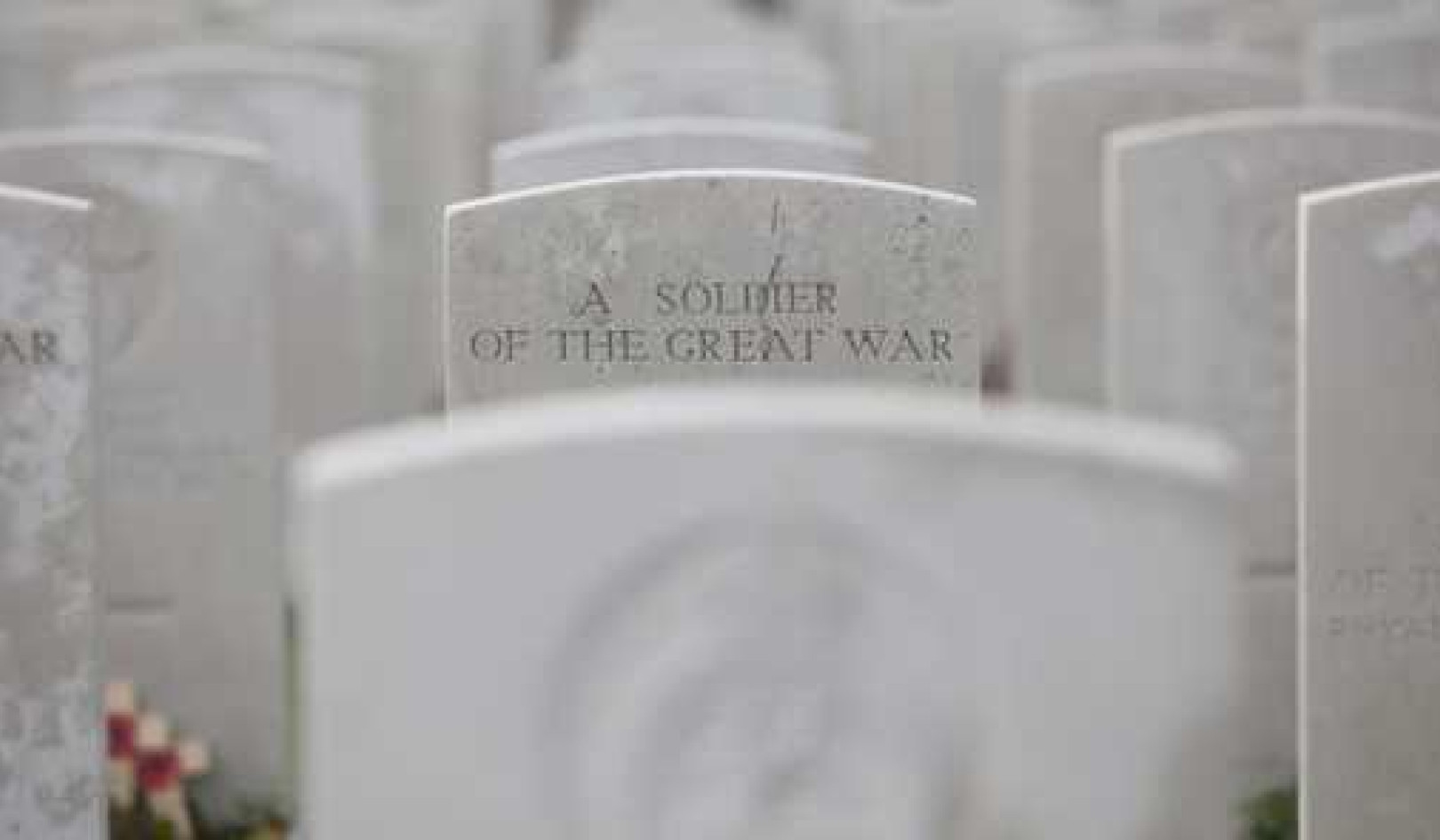
 he secret ingredient in Boston's prize winning tap water? Forest conservation. If you already love Boston for its unmistakable accent and unpredictable baseball team, you might want to consider adding its tap water to your list.
he secret ingredient in Boston's prize winning tap water? Forest conservation. If you already love Boston for its unmistakable accent and unpredictable baseball team, you might want to consider adding its tap water to your list.
Boston came out on top of this year’s tap water taste test, an annual competition hosted by the American Water Works Association—a network of more than 50,000 water professionals charged with keeping our water supply healthy. The honor was particularly fitting since the association’s conference was held in Boston this year.
Bob Stallard is a water scientist with the United States Geological Survey who knows a thing or two about forests and water. He earned the nickname "Sponge Bob" by slogging through the Panamanian jungle and documenting “the sponge effect”—the ability of forests to absorb rainfall and release filtered water into streams and reservoirs. New York City sidestepped a $6 billion treatment plant by convincing the Environmental Protection Agency that it could naturally filter its drinking water.
Boston’s Secret Ingredient
Boston’s secret ingredient? Watershed protection. Between 1985 and 2012, the Massachusetts Water Resources Authority—from which Boston buys its water—purchased conservation land in the watersheds that feed the Quabbin and Wachusett reservoirs to the city’s west, the sources of Boston’s water.
Forests in the protected area clean the water naturally so that by the time it gets to the city it requires only limited filtering. There’s no need for the cocktail of chemicals most cities’ water utilities use.
Not surprisingly, the city’s path to its current water purity was no walk in the park. In the early ’80s, the filthy state of the Boston Harbor made national news and the Conservation Law Foundation sued state agencies for violating the Massachusetts Clean Water Act. One result of the litigation was the formation in 1985 of the Massachusetts Water Resources Authority.
Put Your Money Where Your Water Is
On top of the billions the authority spent on restoring the Boston Harbor and Charles River—resulting in some of the cleanest urban beaches in the country—it invested $131 million in land preservation around Boston’s drinking water sources. Four hundred square miles of forest makes a protective ring around the city’s two major reservoirs.
Utilities aspiring to win the prize next year might borrow a page from Boston’s playbook and collaborate with state conservation agencies to protect their watersheds. With improved source protection, consumer confidence in tap water is likely to rise—and could spell trouble for the bottled water industry.
This article originally appeared on YES! Magazine
View video: Conversations with Susana - Fred Laskey, MWRA Massachusetts Water Resources Authority
 About The Author
About The Author
Daniel Moss works with communities and organizations around the world to advance democratic and sustainable stewardship of our shared commons.
Recommended book:
 Nature's Fortune: How Business and Society Thrive by Investing in Nature
Nature's Fortune: How Business and Society Thrive by Investing in Nature
by Mark R. Tercek and Jonathan S. Adams.
Click here for more info and/or to order this book on Amazon.
























